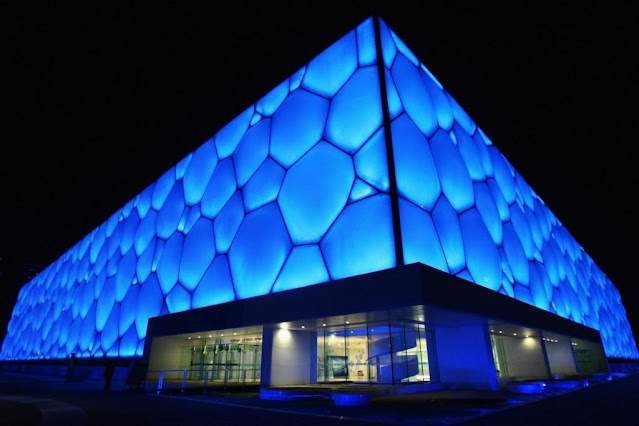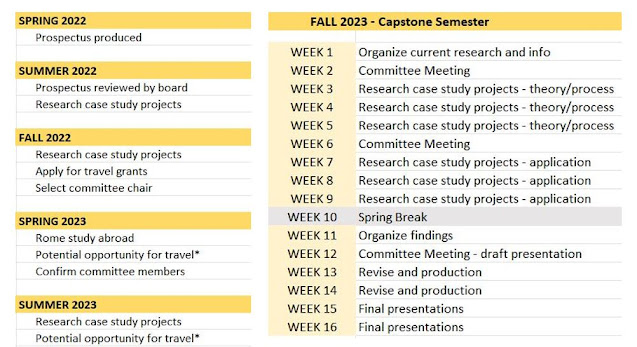PROSPECTUS DRAFT - METHODS/APPROACH
Methods / Approach
Section
Project Statement
Designers can use
biomimicry as a tool to learn from nature and create more sustainable architecture.
This capstone seeks to investigate existing biomimetic architectural projects and
analyze how they are utilizing biomimicry to use materials more efficiently. Years
ago, architects learned from nature that the honeycomb shape bees use is
structurally stable and a more efficient use of materials. How can nature teach
designers to use materials in more efficient ways? I’m interested in how
biomimicry can teach architects to use less material to build an equally stable
structure, and I want to study how architects have successfully used biomimicry
to use materials in an efficient and sustainable way. This capstone will create
a framework of how biomimetic principles of material structure can be implemented
in other future architectural endeavors.
Approach
I will choose three architectural built projects that successfully implement biomimetic principles to use materials efficiently and implement sustainable practices. Using these three projects, I will analyze the biomimetic theories and scientific process used to design them. I will then visit the projects and familiarize myself with their application of these practices through sketching and site analysis. Then, I will analyze the themes between their design process and application to understand how biomimicry can best be utilized to use materials more efficiently.
Deliverables
This capstone project
will yield a written traditional scholarship essay of my research into the case
study projects in the field. I hope to also produce site sketches of my
understanding of these projects, and diagrams relating them to each other.
Proposed Schedule
*Schedule is subject to change based
on the location of chosen case studies and when travel is most reasonable*




Comments
Post a Comment